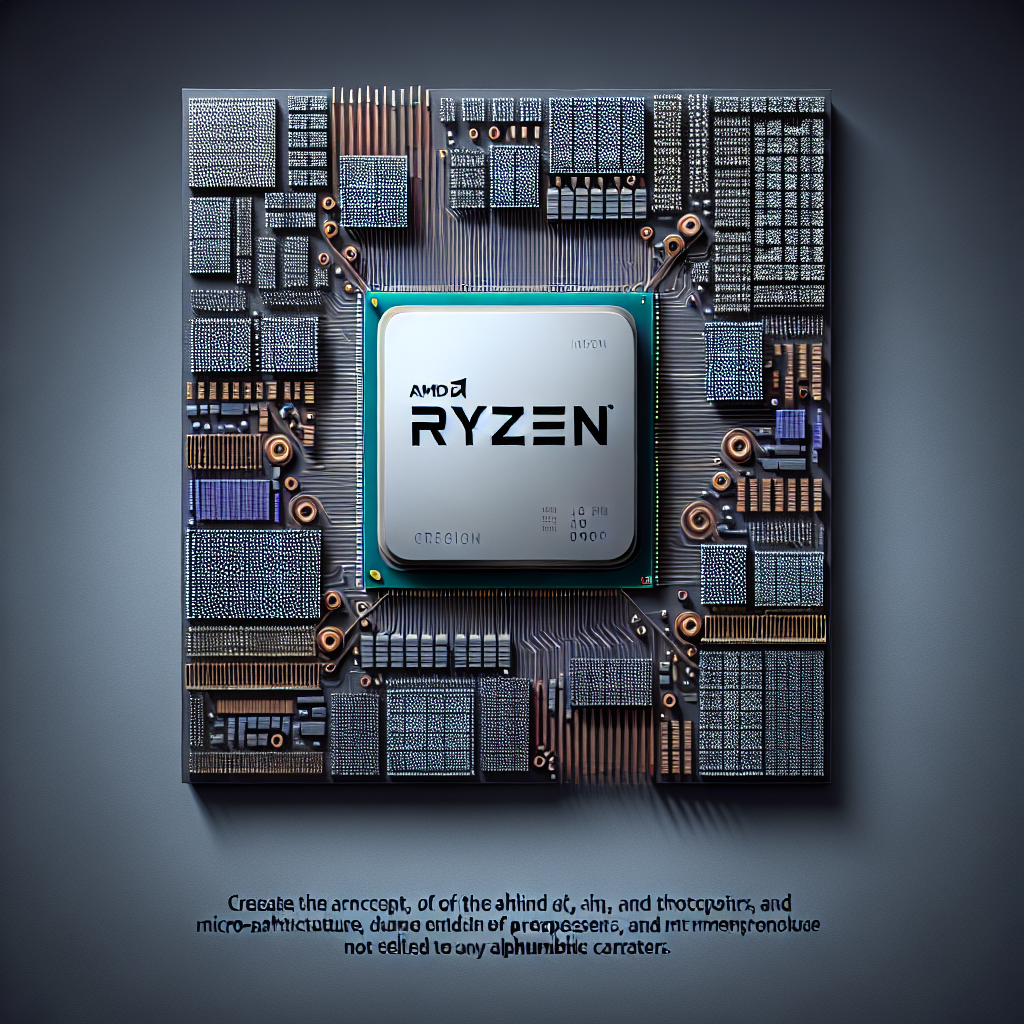AMD’s Ryzen processors have taken the world by storm with their impressive performance and affordability. But what exactly makes these processors so powerful? In this article, we will delve into the architecture behind AMD’s Ryzen processors to understand what sets them apart from the competition.
At the heart of AMD’s Ryzen processors is the Zen microarchitecture, which was first introduced in 2017. The Zen microarchitecture is a significant departure from AMD’s previous Bulldozer architecture, which was criticized for its poor single-threaded performance. With Zen, AMD focused on improving IPC (Instructions Per Clock) and boosting efficiency to deliver a more competitive product.
One of the key features of the Zen microarchitecture is the use of a modular design known as the “Zen Core.” Each Zen Core is a complete processing unit that includes all the necessary components for executing instructions, including a dedicated integer unit, floating-point unit, and cache. This modular design allows AMD to scale up the number of cores in a processor easily, leading to the high core counts seen in Ryzen processors.
Another crucial aspect of the Zen microarchitecture is the inclusion of simultaneous multithreading (SMT), which is similar to Intel’s Hyper-Threading technology. SMT allows each physical core to handle two threads simultaneously, effectively doubling the number of logical cores in a processor. This feature improves multi-threaded performance by allowing the processor to execute more tasks concurrently.
In addition to the Zen Core design, AMD’s Ryzen processors also feature a sophisticated cache hierarchy. Each Zen Core has its own dedicated L1 and L2 caches, while a shared L3 cache is used to store data that can be accessed by all cores. This cache hierarchy helps reduce latency and improve overall performance by ensuring that data is readily available to the processor when needed.
Furthermore, AMD’s Ryzen processors leverage advanced manufacturing processes, such as TSMC’s 7nm technology, to deliver high clock speeds and power efficiency. The smaller transistor size allows AMD to pack more cores onto a single chip while keeping power consumption in check. This, in turn, results in better performance per watt compared to previous generations of AMD processors.
Overall, the architecture behind AMD’s Ryzen processors is a testament to the company’s commitment to innovation and performance. The Zen microarchitecture, with its modular design, SMT support, and advanced cache hierarchy, has propelled AMD back into the spotlight as a serious competitor to Intel in the CPU market. As AMD continues to refine and improve its processor designs, we can expect even more exciting developments in the future.


Leave a Reply